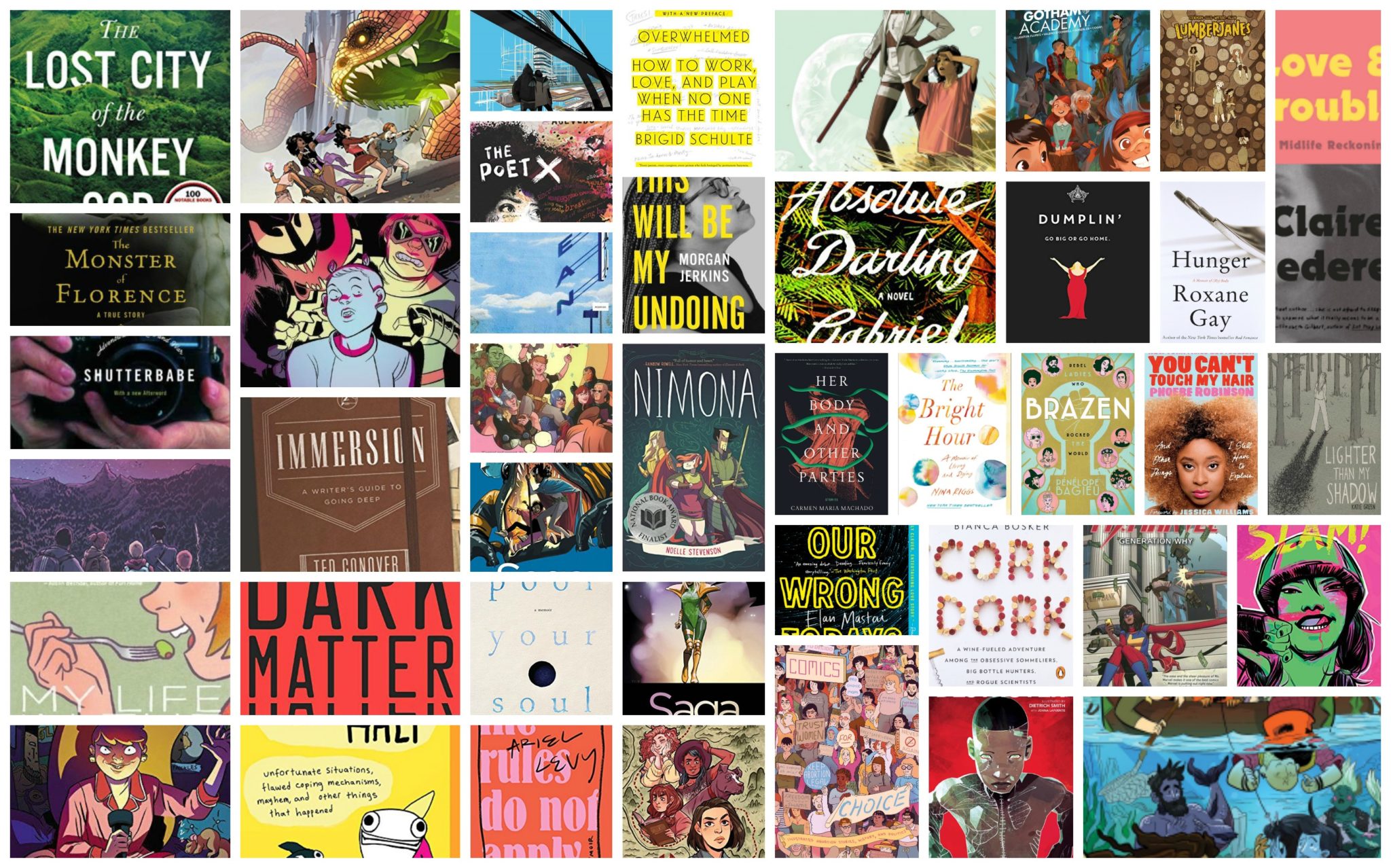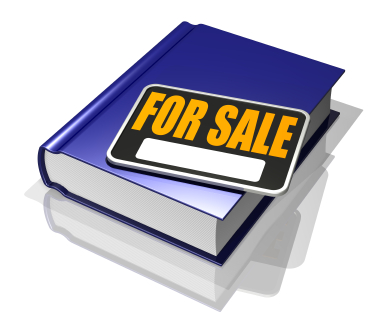
Since becoming a contributor to Book Riot last year, my reading horizons have really broadened. There was a time when I could place most of my books into three main categories: horror, freelance writing how-tos, and sex. But when I put together my first favorite reads roundup last year, it was clear that things had shifted. I had become more open to celebrity memoirs, magical realism, YA, comics… all things I’d assumed weren’t for me. And because of Book Riot’s diversity requirements, I’d also moved away from reading 95 percent white chicks.
This year, I read even more (if you can believe it), and I also tracked some of the trends in my reading. Out of 157 reads this year (not including single-issue comics), I read a whopping 69 trade paperbacks (multiple comic issues collected into a single volume), with some additional graphic memoirs, novels, and anthologies sprinkled in (clearly, my new favorite medium). Next runner-up? Literary fiction (21), followed pretty closely by memoir (19). And then there was a general smattering of essays, horror, how-tos, narrative journalism, sci-fi, self-help, short stories, thrillers, and YA.
The authors I read were more diverse, too. I read 65 percent women, 24 percent authors of color, and 18 percent queer authors. Slowly, I’m trying to boost the number of books I read that allow me to learn more about the experiences and perspectives of others.
So which books did I lose my shit over?*


